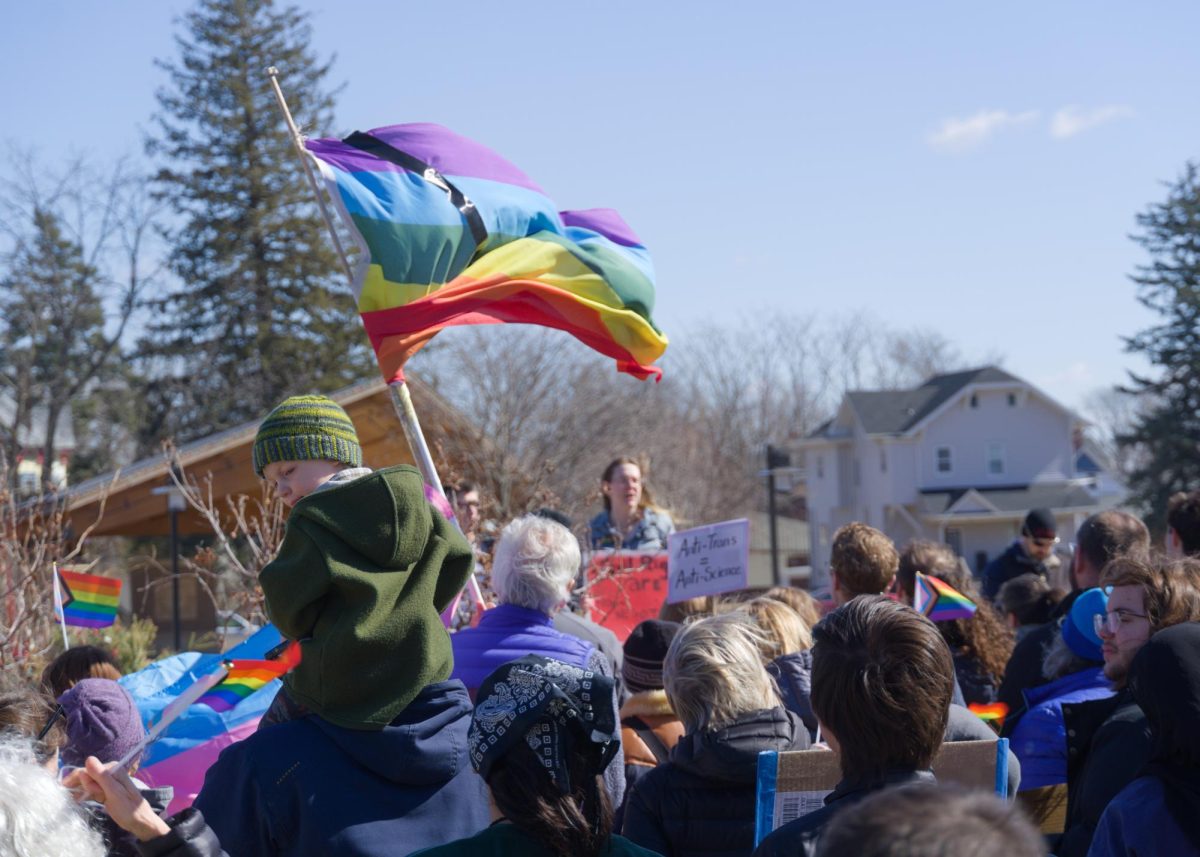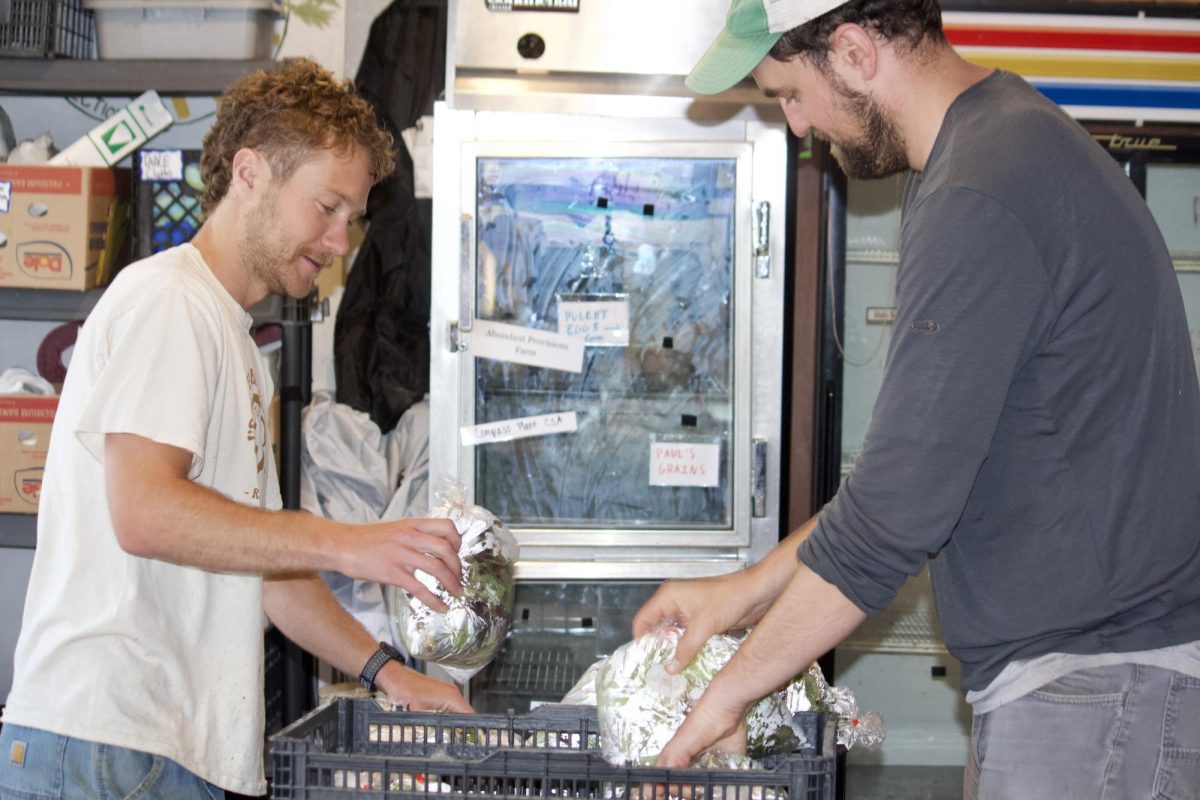Many Americans watched in horror as Donald Trump was elected the 45th President of the United States in November, especially those concerned with his anti-environment rhetoric. During his first nine months in office, Trump has already begun dismantling the EPA, backed out of the Paris Accord and reemphasized the coal energy sector. Democrats and Republicans alike, concerned with the pressing issue of global climate change, look on helplessly, like watching a car crash in slow motion. “One-in-a-hundred” storms like Harvey and Irma wreak havoc on our coastlines, while unprecedented wildfires scorch California and Oregon.
The answer to our environmental woes in these troubling times is a simple one: civic participation. According to the Environmental Voter Project, only 4.2 million out of the 20.1 million identified environmentalists voted in the 2014 mid-term election. Those who do vote routinely list the environment as an issue of low importance, behind the economy, members of government and terrorism. Elected officials will only spend their valuable political capital on issues their constituents demand, and instead of attempting to sway hardline climate change deniers, it would be more than enough to mobilize non-voting environmentalists nationwide in order to put pressure on lawmakers to pass environmental policy, or else elect someone who will. The power to change environmental policy rests squarely with the public and our decision to participate in elections.
This claim seems to be too simple and naïve to be true. How can voting possibly make a difference in environmental policy? Nathaniel Stinnett and the Environmental Voter Project found that, in fact, it is that simple. By accessing public voting records and cross-referencing with corporate “Big Data,” they could accurately identify those who are interested in the environment and who have an inconsistent voting pattern. For example, if you subscribe to National Geographic, are a member of the Sierra Club, and drive a Prius, this information can be purchased by political groups and advertising companies and will indicate that you are interested in the environment.
But are nonvoting environmentalists too insignificant a group to make a difference in an election? Nathaniel Stinnett of the Environmental Voter Project found that in the local Massachusetts 2014 gubernatorial election, in which a Republican candidate won by only 40,000 votes, over 277,000 environmentalists didn’t vote. This trend has been increasingly substantiated by further data as a national trend. If environmentalists could mobilize and vote in force, lawmakers would be at the behest of their constituents to change environmental policy. This includes not only voting in presidential elections (of which the 2016 election was historically poor in terms of voter turnout and “did not vote” won 490 electoral votes) but also civic participation at the local level, where town governments decide on local issues such as solar panel installations and wildlife preservation funding.
If you have ever tried to convince a staunch opponent that the environment is in danger and is worth saving, you will know a feeling of frustration. This effort may be futile, but if those who do recognize the dangers of anthropogenic climate change, and there are millions of us nationwide, get out to vote consistently and put pressure on policymakers, climate change deniers will be overruled. Voting is an easy, tangible method for the preservation of our planet, and one which not nearly enough of us take advantage of.
– Gus King ’18
















































